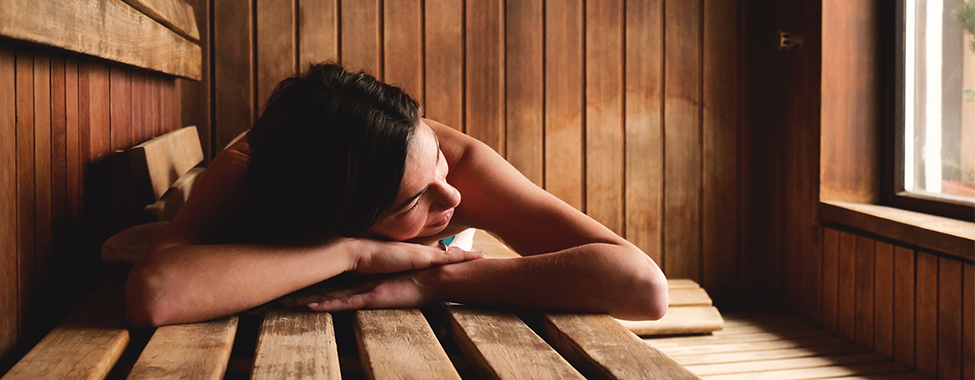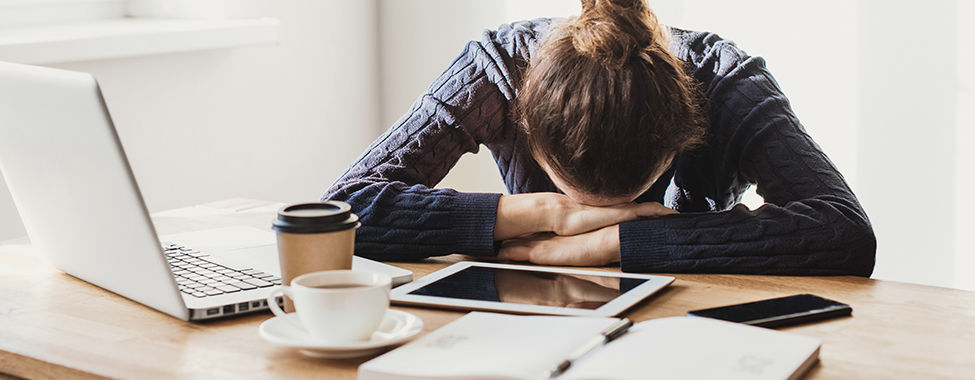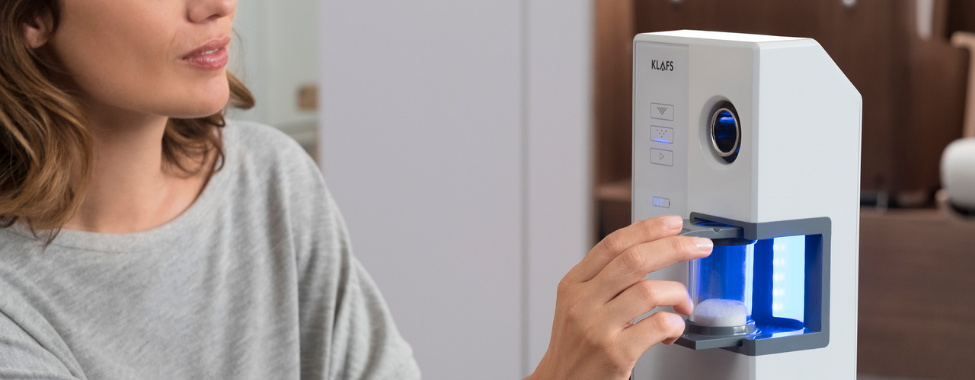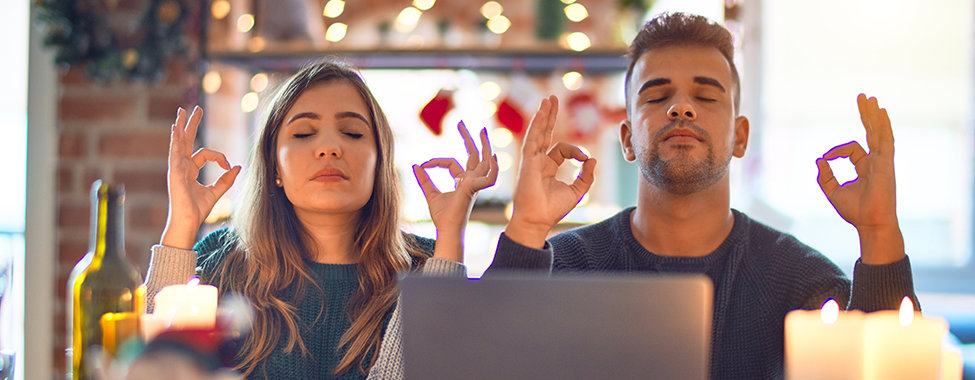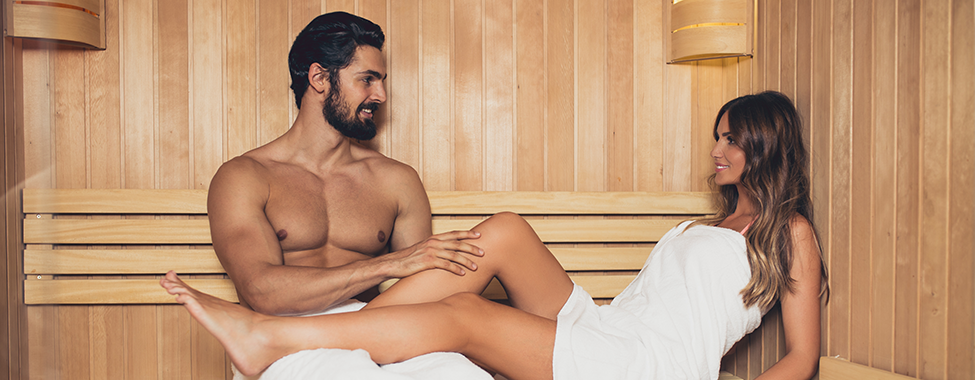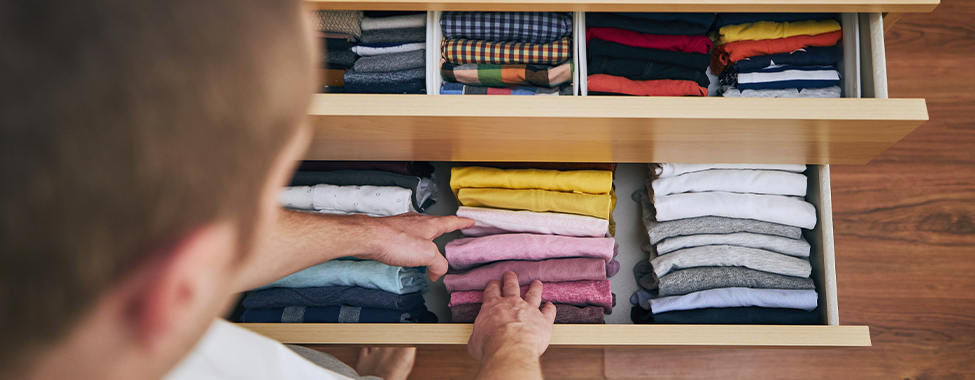In 2021, start off the year with a challenge. Rumor has it that it takes 3 weeks to make or break a habit. While experts question the validity of that statement and we wish it were that easy, we definitely think 3 weeks is a great amount of time to get a start on new habits. That’s why we put together this 3-week Healthy New Year Challenge to get you started on the right foot going into 2021.
Follow this New Year’s resolution challenge to keep you on track so you can truly stick to your resolutions and actually reach your health goals in the new year – whether that means eating healthier, exercising more, being more mindful, or making more time for yourself..

New Year Challenge: Week 1
Day 1: Dedicate an Hour Completely to Yourself
Life can get busy, and 2020 sure was hectic. It’s easy to get caught up in things that don’t allow you to have you-time. Block off one entire hour to yourself (or more!) to focus on you. Mark it on your calendar, put up a “do not disturb” sign, and enjoy some time dedicated to things that give you a mental break like reading, using a sauna, or watching a show.
Day 2: Cut Down on Social Media
Looking at a screen all day can lead to overstimulation, especially around the holidays, which can lead to mental exhaustion. Whether for an hour or for the whole day, unplug for some time to focus on non-digital activities that benefit your new year health. Spend time with family, pamper yourself with a home spa day, work on a hobby, or just relax.
Day 3: Get in 10,000 Steps
Walking 10,000 steps a day has been a highly-recommended activity to help maintain physical health. Immediately jumping to 10k a day can be difficult, so instead dedicate just one day to reaching your goal and pay attention to what lifestyle changes you can make to make it a long-term habit.
Day 4: Do a 16-Hour Fast
The 16:8 fast is a great way to do a mini gut reset and dip your toes into the world of intermittent fasting. During this, you will do a 16-hour window of fasting and an 8-hour window of eating. People typically choose to eat lunch and dinner then fast through the night and breakfast the next day to maintain a somewhat normal routine.
Day 5: Practice Breathwork
Sure, breathing is an activity we do without even trying, but putting focus into your breathwork can be great for your mental health – something greatly needed after the whirlwind of 2020. Learn some new breathing exercises that help you slow down, destress, and find some mental clarity throughout your day-to-day life.
Day 6: Cook a New Recipe at Home
Spice up your daily menu by researching healthy recipes to whip up in the kitchen. Look for healthy recipes that include nutritious ingredients such as vegetables and fruits. Summer is a great time for produce, so your recipes will be nutritious and delicious.
Day 7: Rest and Journal
At the start of this 3-week new year challenge, take some time to sit down and write down the things that you are grateful for. Visualization of your accomplishments, blessings, and experiences helps highlight the positive things in the last year. Writing the items down can be a therapeutic exercise for your emotional and mental health.

New Year Challenge: Week 2
Day 1: Go to Bed 1 Hour Earlier than Normal
Sleep is another important basic need for your health, but it is easy to let life (and the holidays) get in the way and eat into your sleep time. Not only does sleep allow your body to rest and recover, it can help prevent illness as well. Today, budget an extra hour to go to sleep early and allow your body to fully rest.
Day 2: Connect with a Loved One
If 2020 was anything, it was definitely a lesson on connecting with people. It can be easy to lose touch with loved ones, but it is just as easy to reach out and say hello. Make a friend or family member smile by sending a quick note – and set aside some time in case that quick note turns into a long conversation!
Day 3: Try a New Exercise
If you’re doing the same workout every time, you are sure to get bored of the same moves every time. That, and your body isn’t getting as well-rounded of a workout. Look up new workout routines to help mix it up and keep things interesting. Pro tip: Using a sauna after a workout makes it even better.
Day 4: Do an 18-Hour Fast
Pick it up a little from Week 1 and add two hours to your intermittent fasting! An 18:6 fast is 18 hours fasting with a 6-hour window to consume your daily calories. This timing is very popular and is a sustainable way to fast on a regular basis. Though just 2 hours longer, this longer fast helps you burn more fat and better stabilize blood sugar levels.
Day 5: Meditate for 30 Minutes
We’ve mentioned breathing exercises, and meditation falls right into the same vein of new year health. Meditation helps you center your mind and find ways to shift your mentality into a calmer, more accepting state. Meditation can be a few minutes or a few hours depending on how deeply you want to go.
Day 6: Plan a Weekly Menu
Knowing what you are going to eat throughout the week is a great way to stay on track with health, time management, and budget goals. Think about what your week ahead looks like and plan how often you will cook at home and when you will eat out. Try to plan at least 3 at-home meals this week to start cutting down on expensive and unhealthy eating out.
Day 7: Rest and Journal
Halfway through the challenge, use your journaling day to think about the future. If you’re wondering how to keep New Year’s resolutions, this is one very helpful way! Writing down your goals and taking time to consider what really matters to you helps you visualize what needs to be done and also helps with setting more realistic expectations for yourself.

New Year Challenge: Week 3
Day 1: Cross an Item Off Your To-Do List
Having too many things on your plate can lead to frustration and stress. Instead of worrying about your whole list, use this day to knock out a big-ticket item on your list that you have been putting off. Once the task is complete, you will feel a sense of accomplishment and relief that it is finally done. Taking your list task-by-task makes the list more manageable.
Day 2: Plan a Group Zoom Call
Seeing friends in person hasn’t been the easiest thing this year, but we are lucky to have the technology to connect in different ways. Organize a group video call with friends to bring back a sense of being social. You’d be surprised just how uplifting it is to simply laugh with friends over Zoom.
Day 3: Be Active Outside
A daily dose of fresh air is great for you physically, but it is also a great activity for mental health. Being stuck inside all day can lead to negative feelings, especially if you don’t have much natural light. Brighten up your day and invigorate your mind by getting outside for at least 30 minutes.
Day 4: Do a 24-Hour Fast
The final week of your new year challenge includes a full 24-hour fast! On top of the additional fat burn and blood sugar management that comes from extra hours of fasting, this is also a great test of will power. If going from morning to night without food doesn’t appeal to you, try starting and ending at lunch time so you can still get a meal in during the day.
Day 5: Add Yoga to Your Workout
Yoga is a great way to challenge your body in new ways. Spend 30 minutes stretching, activating your core, and tapping into new movements you might have thought weren’t possible! Step it up by doing hot yoga in a sauna for added health benefits. Not only is yoga great for the body, it’s also a perfect time to try meditation for your mind.
Day 6: Meal Prep for the Week
Now that you have been cooking more at home and have the weekly menu planning down from last week, take it a step further and cook all your meals for the upcoming week. Preparing your meals for the week not only helps you cut down on time cooking throughout the week, it also allows you to keep an eye on every ingredient you are consuming.
Day 7: Rest and Journal
At the end of your 3-week new year challenge, this is the perfect opportunity to reflect back on how you feel, what worked for you, and what long-term changes to make in your life to continue with your healthy New Year’s resolutions. Documenting your accomplishments is a great thing to look back on if you ever feel as if you are losing motivation.
Knowing how to keep New Year’s resolutions is always a common concern as a new year rolls around. Use this 3-week challenge to start off 2021 on a great, and healthy, path. Whether you find health in the kitchen, gym, sauna, or journal, any step you take is a step in the right direction for this next chapter!
 Canada
Canada Australia
Australia New Zealand
New Zealand Malaysia
Malaysia China
China

